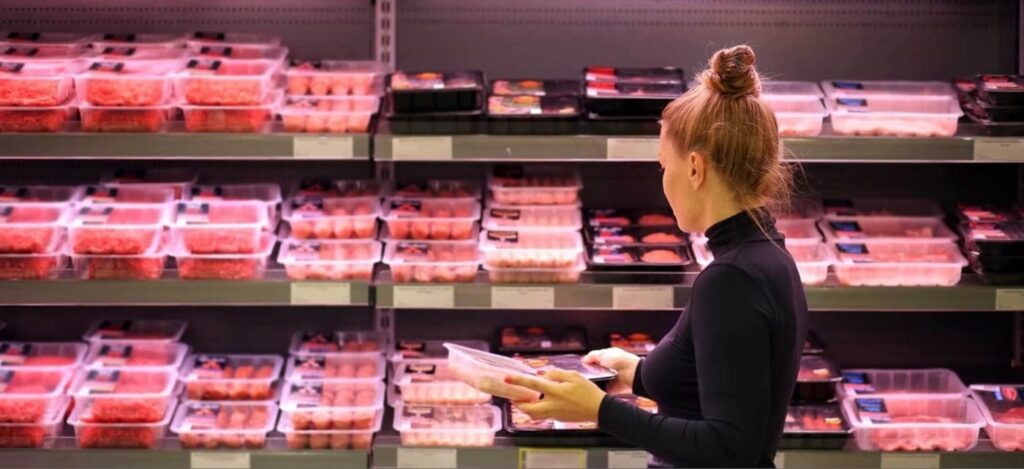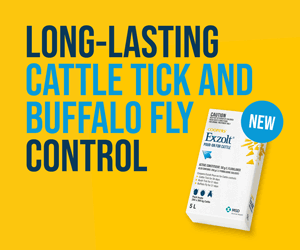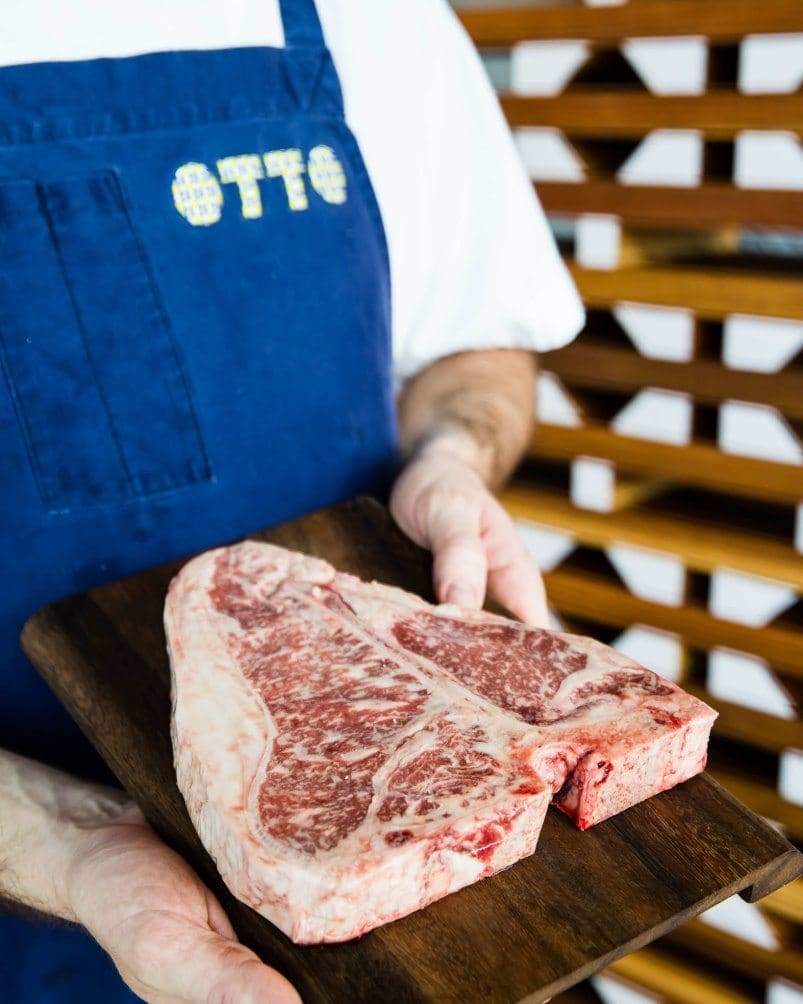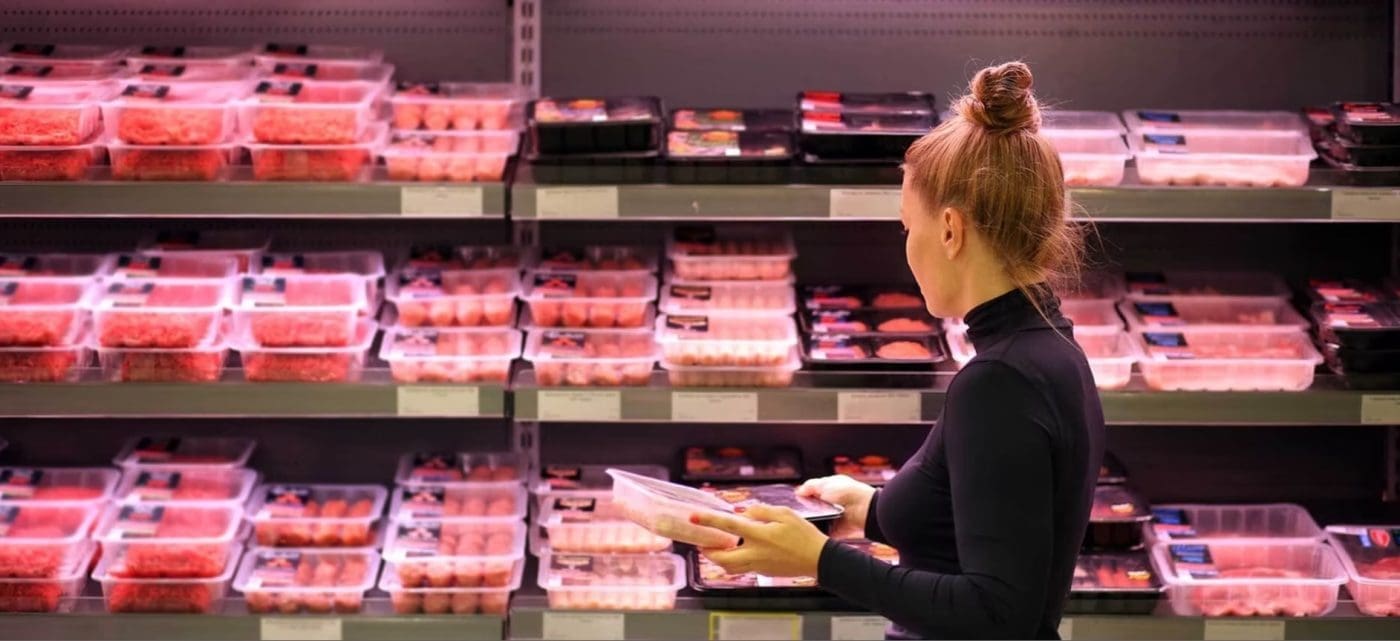
STRENGTH of international demand for Australian beef of all descriptions is creating challenging conditions for domestic market meat wholesalers in the run through to Australia’s traditional high-demand holiday period either side of Christmas.
Normally by mid-October large end-users in the food service and retail sectors are building stocks for the pre and post-Christmas entertaining and BBQ season, but feedback from large wholesalers yesterday suggested that customers are more wary this year.
 “They appear concerned about some push-back from consumers about beef and lamb prices, which might translate into softer demand,” one large multi-site, multi-state wholesale manager said.
“They appear concerned about some push-back from consumers about beef and lamb prices, which might translate into softer demand,” one large multi-site, multi-state wholesale manager said.
“People don’t want to be left with large volumes of expensive-looking stock in cold storage, if demand around this Christmas is going to be flatter,” he said.
Persistently strong export demand for Australian beef this year (reasons explained in greater detail in this article) is being seen right across the product spectrum, from trimmings used for hamburger beef to premium chilled grilling cuts, and it’s pushing domestic wholesale pricing sharply higher as the year has progressed.
Consumer tipping point?
One wholesaler shared concerns about a potential ‘tipping point’ in wholesale beef prices, that could trigger a serious drop-off in consumer demand for beef this summer.
“We haven’t yet found that point, but it may be close,” he said yesterday. ‘I honestly think it’s there, even now.”
“The biggest issues is that 100,000 head of cattle that’s been stripped out of the US fed cattle kill each week, as the US beef herd hits 70-year lows. It’s dragging meat out of other markets – including the Australian domestic market – at ever-higher prices.”

Highly marbled Rangers Valley bistecca being prepared for service at Sydney’s Otto restaurant
“In our business, we’re not seeing the lift in demand for beef that we should normally be seeing mid-October, for the holiday period. We’re probably 50 tonnes a week short of what we should normally be doing, at this time of year.”
“Everybody’s just a little bit slower. It doesn’t take much for a restaurateur to change his menu, if price pressure gets too heavy – and this is when they’re likely to change it, in the next month, leading into the busy Christmas period.”
“That might mean swapping-out a steak item for another chicken or pork dish, or pulling off a cube-roll (rib eye) steak for a centre-cut rump.”
“Pork and chicken prices are still reasonably attractive, but beef and lamb prices are getting ridiculous,” the wholesale trader said.
“There’s pockets of unusual export demand that are leaving a void in the domestic market, and that’s being reflected in price.”
Wholesale quotes
Due to export pressure, domestic wholesale prices on some beef items have gone up another 10-15 percent over the past six weeks, one trade contact said.
In any domestic wholesale market price summary, it’s always best to start with trimmings, because mince is the most direct equivalent to chicken – in terms of versatility of use and price.
The enormous shortage that now exists in the US for lean trimmings is pulling domestic wholesale prices ever-higher.
Record high trimmings
One large Brisbane-based wholesaler said depending on location, type and timing, an 85CL trim pack could this week make anywhere from $9.80/kg to $12/kg, with 90’s anywhere from $11 to $12/kg.
That’s record high for domestic hamburger beef – up at least $1/kg compared with this time last year – perhaps only equalled for short periods during the COVID panic-driven shortage era.
It’s pushed the ground beef versus boneless chicken competitive equation further apart – despite the fact that wholesale chicken price has lifted a little over the past six weeks. Chicken fillets sold wholesale “in decent licks” this week are making “every bit of $8.50-$9/kg,” one trader told Beef Central.
Chilled cuts
For good quality chilled meat, grainfed striploins have gone from $17-$18/kg to the low-to-mid 20s and a little better this week, with cube rolls ranging from budget cow lines around $18-$23/kg, middle of the range $28-$35/kg, and quality marbling score 2 and better grainfeds now $42-$45/kg, wholesale. Premium cube rolls with brand identity are now trading in the 50s.
Striploins growing in popularity
“The price difference between striploins and cube rolls of the same quality has put some extra demand pressure on striploins, as customers look for a little extra value,” another wholesaler said.
“More people have figured out that a striploin is a pretty good piece of meat, and doesn’t eat that differently than a rib-eye steak. It’s certainly appearing on a few more menus, to save a few dollars on raw material costs,” he said.
“Victoria is different – they’ve always liked a porterhouse/striploin, but it’s not the same everywhere. But venues everywhere are being squeezed on raw material cost, and they’re just trying to get a bit back. Nobody is ‘specialling’ a cube roll on their menu any more – the plate cost just doesn’t work.”
Budget cow rumps this week are making anywhere from $12-$16/kg, with better descriptions from PR, YP and YG now under heavy demand from $20/kg and higher, especially for breaking down into component parts, with rostbiffs and rump caps becoming trendy.
Guessing game
With ten weeks until Christmas plant shutdowns, domestic wholesalers have having to try to speculate about mid-summer beef demand, in the absence of forward orders, Beef Central was told.
“It’s a real guessing game for us at the moment,” another wholesaler contact said.
“Can the market pay $16-$19/kg for better rumps over summer? That’s what we need, given the current export pressure, but the answer is we still don’t know,” he said.
“But even now, bargain-hunting is becoming more obvious at retail among everyday consumers. It is totally price driven, and we see a rush after our specials of the day go up on Facebook.”
The Australian food service sector in general saw a bit of a lift in demand during September (often aligned with parties and events around footie final season), but had since slowed up again, the wholesaler said.
“There will inevitably be a certain amount of Christmas party and holiday spending heading into December, but it’s after New Year when the demand pressure is likely to get really tight. February is notorious, with school fees, Christmas presents and holidays to pay for,” he said.
Another wholesaler said some of his clients already had their forward positions secured, with a ‘fair bit of export meat’ already forward sold for January and into February.
“With many plants now only nine or ten weeks from Christmas closure, what’s done is pretty well done,” he said.
“Much of what happens from here (price-wise) will depend on what Coles and Woolworths do. If they need to fill a hole due to Christmas demand, the domestic market will likely rise further – otherwise it’s likely to track along where it is.
“Processors have plenty of other options in the export market, and that’s not likely to change any time soon.”
“Domestic pricing at this level is just going to squeeze the margins of retailers more than anything – everywhere from Colesworth to the local corner butcher. They just won’t pass on the cost.”
For example Woolworths is retailing 1kg packs of standard beef mince (82cl) this week at $13/kg, suggesting there is little margin involved, when grinding, packaging, storage and distribution are involved. Leaner (90cl) packs are $18/kg, and smaller 500g pack sizes look a little healthier, margin-wise.

